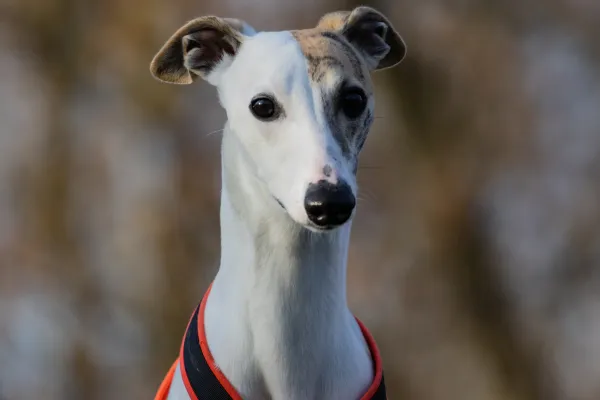
Will A Harness Increase Reactivity?
When training dogs, we can get a bit fixated on what will create problems. There is a huge MYTH that harnesses cause pulling and so you should not use one with a reactive dog. This myth seems to come from the idea that some dogs use harnesses for pulling activities. However if harnesses caused such issues, those with guide dogs or assistance dogs would be in big trouble!

Reactive dogs are reactive out of a place of emotions vs “misbehaviour” or dominance in any way. They are not thinking through the reaction they are having. The harness does not create more anxiety or over excitement so it cannot actually increase reactivity.
When Marley was younger, we were advised to use a slip lead right under his jawline to stop him reacting to dogs. Using it to correct him when he barked. To teach him his behaviour was “BAD”.

Marley certainly reacted less, initially. As he was fearing a reaction and didn't want to have pain caused to him, which is the only way these pieces of equipment work. The dog fears the correction so suppresses their anxiety.
Not only did this make his behaviour much worse in the long run, increasing his reactivity to aggression, but he lives with spinal issues as a result. Marley has IVDD in the cervical spine that the neurologist said yes, using a slip lead for corrections would have contributed to the issue.

I put a harness on Marley instead to train him during his reactivity. It did not stop his reactivity. It did not increase his reactivity. A lead does NOT train a reactive dog. Equipment does NOT train a reactive dog. Although the slip lead worked initially, in time the fear of triggers intensified as he associated the pain and pressure in the lead with other dogs and people.
Meaning he associated them with pain; INCREASING his reactivity. Using a harness just meant when he reacted, he did not feel pain for his reaction. While working to change his emotions using counter conditioning and training.
Space, training and behaviour modification help to reduce reactivity.
For tailored support on reactivity to get the facts and create calmer walk check out REACTIVITY


